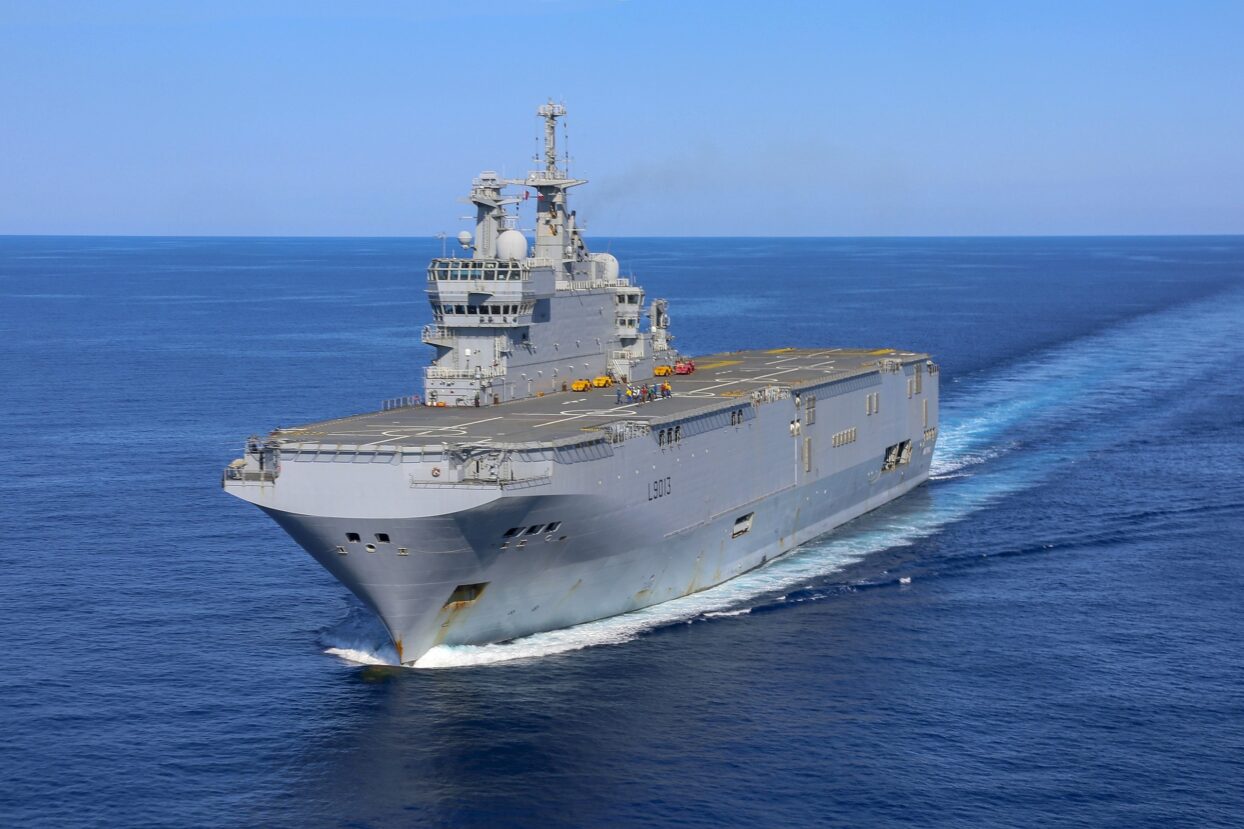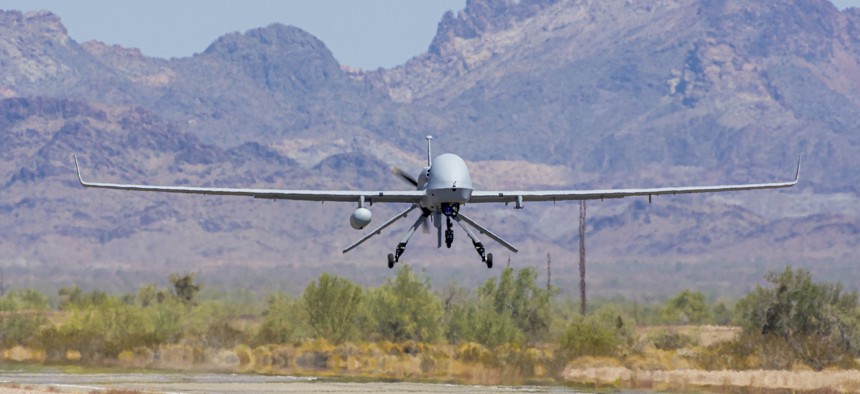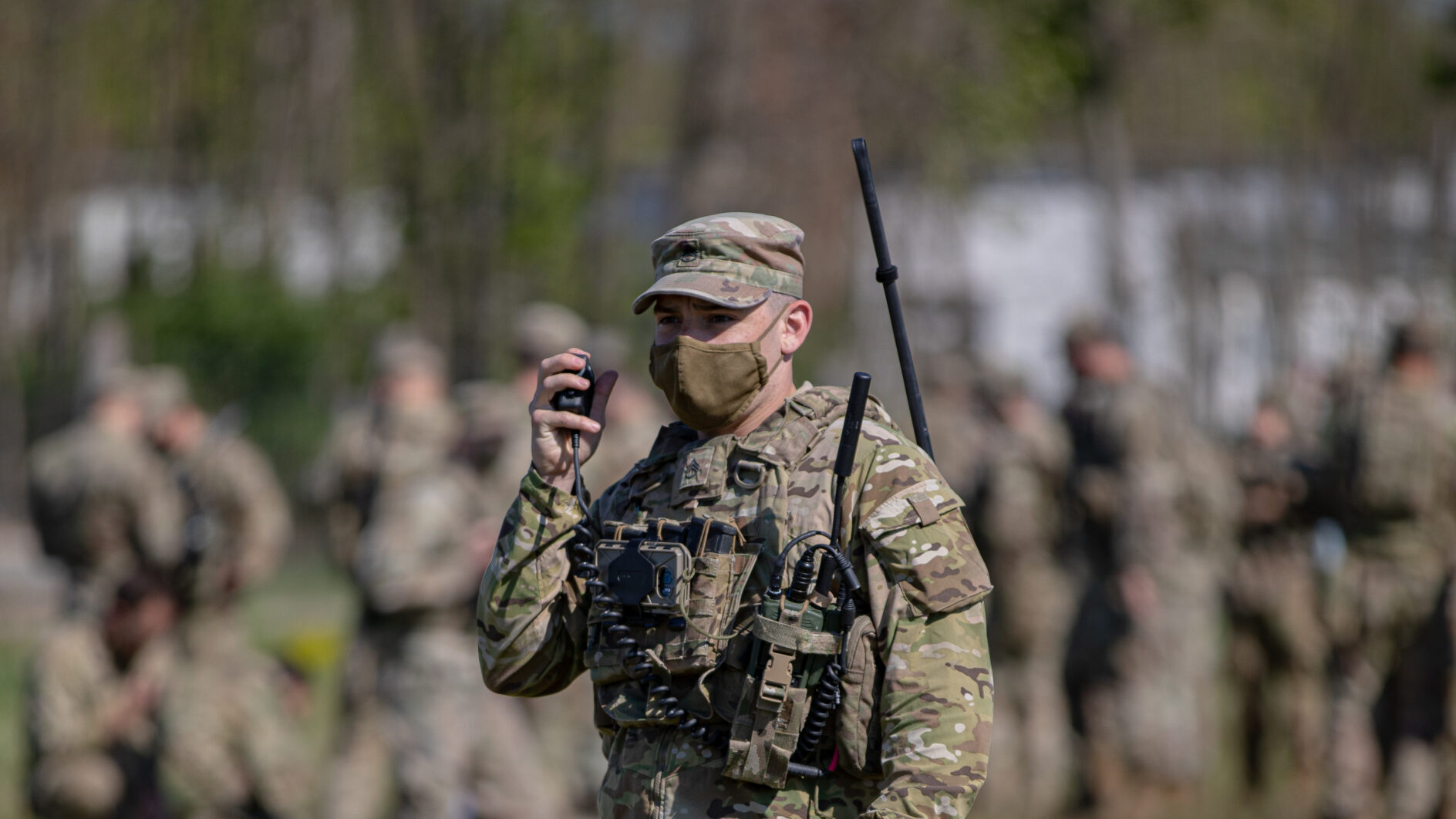James Forsyth
The French Finance Minister Bruno Le Maire has given a very frank interview to the New York Times. It is principally about tensions between Paris and Washington post AUKUS, but it also shows why Anglo-French relations are, sadly, only going to get worse.
The UK accepts, as Australia does, that balancing China is going to require US leadership. France thinks its interests are very different. Le Maire tells the paper that, 'The United States wants to confront China. The European Union wants to engage China'. He thinks the key challenge for the EU now is to become 'independent from the United States, able to defend its own interests, whether economic or strategic interests.' (Safe to say, the Baltic states—to name just three—wouldn’t regard this as the EU’s big challenge. They still emphatically prefer a US security guarantee to a European one).
As America's pivot to Asia intensifies, the split between the UK and France over the right attitude to Washington will sharpen. Paris will see the US shift as enhancing the case for European strategic autonomy while London will regard the major challenge as keeping Nato relevant to the US so that European members continue to be protected by Article 5.
This divide over foreign policy would mean that even if it wasn’t for fishing licenses, small boats, the Northern Ireland protocol, Brexit and the rest, Anglo-French relations would be in for a difficult period. But the combination of all of these factors means that this relationship is going to become ever more strained. It might well be too optimistic to imagine that things will automatically improve once Emmanuel Macron has got his re-election campaign out of the way.
Macron and Boris Johnson both can’t resist playing to their domestic galleries and riling the other side. Yet, there’s more to Anglo-French disputes than just domestic politics. The two major defence players in Europe have very different views on future strategy.
 The Deterrence Theory was developed in the 1950s, mainly to address new strategic challenges posed by nuclear weapons from the Cold War nuclear scenario. During the Cold War, the U.S. and the Soviet Union adopted a survivable nuclear force to present a ‘credible’ deterrent that maintained the ‘uncertainty’ inherent in a strategic balance as understood through the accepted theories of major theorists like Bernard Brodie, Herman Kahn, and Thomas Schelling.1 Nuclear deterrence was the art of convincing the enemy not to take a specific action by threatening it with an extreme punishment or an unacceptable failure.
The Deterrence Theory was developed in the 1950s, mainly to address new strategic challenges posed by nuclear weapons from the Cold War nuclear scenario. During the Cold War, the U.S. and the Soviet Union adopted a survivable nuclear force to present a ‘credible’ deterrent that maintained the ‘uncertainty’ inherent in a strategic balance as understood through the accepted theories of major theorists like Bernard Brodie, Herman Kahn, and Thomas Schelling.1 Nuclear deterrence was the art of convincing the enemy not to take a specific action by threatening it with an extreme punishment or an unacceptable failure.












